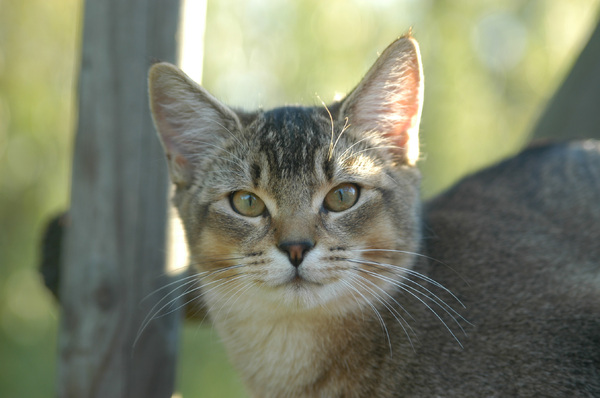
Cat litter and litter boxes play an essential role in the lives of both cats and their owners. From the simple starts of sand and soil to the ingenious advancements of today, the world of cat litter has actually progressed substantially. In this comprehensive guide, we look into every aspect of cat litter and litter boxes, exploring their history, types, benefits, difficulties, and whatever in between.
The history of cat litter go back centuries, with ancient civilizations utilizing sand, soil, and even ashes as primitive litter products. Nevertheless, it wasn't till the mid-20th century that modern-day cat litter as we understand it emerged. In 1947, Edward copyright presented the world's very first business cat litter made from absorbent clay, changing the method felines relieved themselves inside. Given that then, cat litter has actually gone through many improvements, with the intro of clumping litter, silica gel litter, eco-friendly alternatives, and more.
Today, feline owners are ruined for choice when it comes to selecting the right litter for their feline buddies. Standard clay litter stays popular for its cost and effectiveness in absorbing odors. Clumping litter, which forms strong clumps when wet, streamlines cleaning and maintenance. Silica gel litter, composed of extremely absorbent silica crystals, uses exceptional odor control and longevity. Eco-friendly alternatives, such as recycled paper, wood pellets, corn, and wheat, interest environmentally conscious consumers.
Each kind of cat litter provides distinct advantages. Clay litter stands out in its capability to take in moisture and control smells, making it a trustworthy choice for many feline owners. Clumping litter streamlines daily scooping and extends the time in between total litter changes. Silica gel litter provides extraordinary odor control and can last longer in between replacements. Biodegradable litters use a sustainable option that reduces environmental effect.
While cat litter improves indoor feline health, it is not without its difficulties. Dust from clay litter can position breathing risks for both felines and people, prompting the popularity of dust-free options. Some cats might establish litter box aversion due to concerns with texture, aroma, or tidiness, necessitating experimentation with various litters and box setups. Multi-cat homes might require tactical litter box placement and regular maintenance to prevent territorial disagreements and guarantee all felines have access to tidy facilities.
Selecting the suitable litter box is essential for promoting favorable litter box habits and general feline well-being. Factors to think about consist of size, accessibility, and design choices. Covered litter boxes supply privacy and aid include smells, but some cats may discover them confining or intimidating. Open-top litter cat litter mat boxes use easy gain access to and exposure however may result in more litter scatter. Automatic self-cleaning litter boxes simplify maintenance but need routine monitoring and maintenance.
Correct litter box maintenance is important for guaranteeing a tidy and welcoming environment for both felines and their owners. Daily scooping removes waste without delay, reducing smell and preventing litter box aversion. Regular litter replacement, normally every 1-2 weeks, prevents bacterial buildup and preserves optimum absorbency. Thorough cleansing with moderate cleaning agent and water, avoiding severe chemicals that might hinder cats from using package, need to be performed monthly.
Cat litter and litter boxes play Covered Litter Boxes a central role in cultivating a healthy and unified relationship between cats and their human companions. With a varied selection of litter options and litter box designs offered, feline owners have the flexibility to tailor their choices to fit their felines' choices and Modern Litter Boxes household needs. By understanding the development, types, benefits, and challenges of cat litter and litter boxes, animal owners can offer their feline pals with a comfy and sanitary indoor environment.